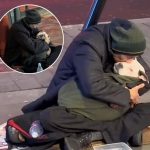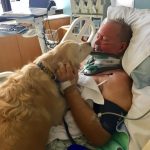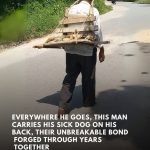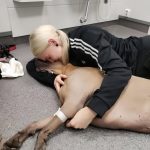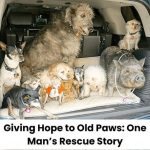The Silent Heroes of 9/11: When Dogs Carried Our Grief
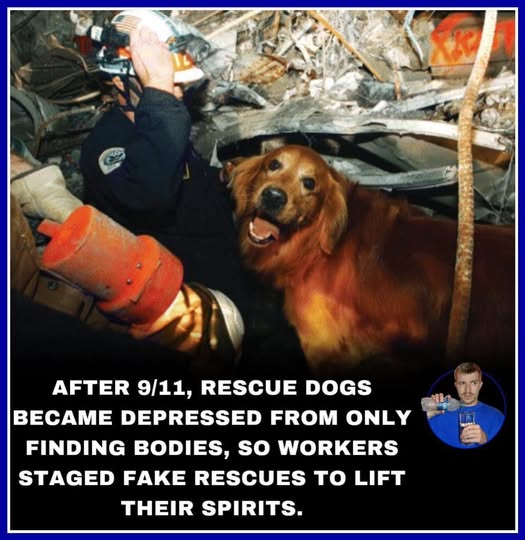
The Silent Heroes of 9/11: When Dogs Carried Our Grief
In the still-smoking ruins of Ground Zero, where steel twisted like ribbon and the air was thick with sorrow, dozens of search and rescue dogs arrived with their handlers—tails high, eyes alert, ready to do what they were trained to do: find the living. These dogs were the silent frontline of hope, weaving through debris, sniffing through ash, crawling into spaces too tight for humans, each step powered by instinct and love for their human partners.
At first, their arrivals sparked brief, fleeting moments of relief—an occasional survivor, pulled from the wreckage, because a dog had not given up. But as hours turned to days, and days into nights, the brutal truth began to sink in. The survivors were few. The losses, too many. And for the dogs, it became clear that something was wrong—not in the rubble, but in the silence that followed their searches.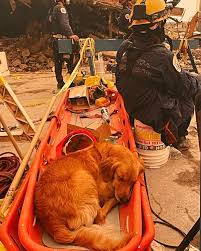
These dogs were trained to find the living. Their reward was not just a treat, but the joy in their handler’s voice, the hugs, the clapping—the celebration of success. But here, day after day, they found only those who would not return home. And slowly, visibly, their posture changed. Their tails lowered. Their enthusiasm faded. Some refused to eat. Some curled beside bodies as if to say, “I’m sorry I was too late.”
Handlers and rescuers saw this emotional toll and understood: the dogs were grieving, too. And so, in a profound act of empathy, the humans did something extraordinary. They began to stage rescues—not for the world to see, not for the cameras, but for the hearts of the dogs. Volunteers hid beneath rubble, waiting to be “found,” emerging with joyous cries and grateful hands, so the dogs could once again feel the high of saving a life.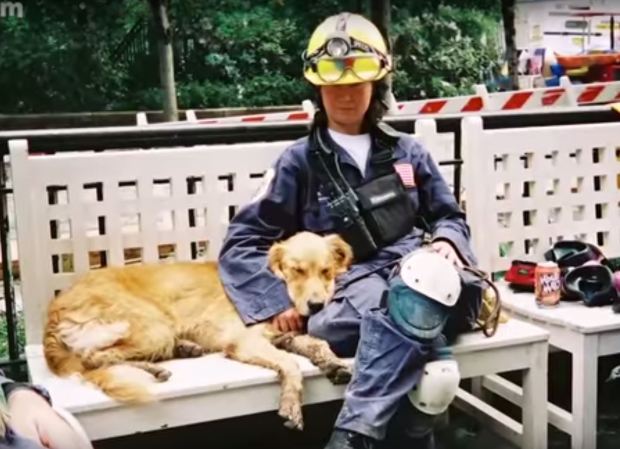
These weren’t just exercises. They were medicine. Each staged rescue restored something—renewed a tail wag, brought light back into tired eyes, reminded these loyal animals that they weren’t failing. That their work mattered. That in the darkest days America had seen, their presence was not just needed—it was healing.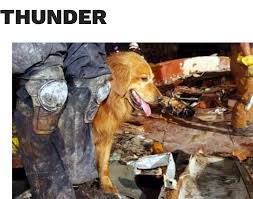
What happened beneath the ruins of the World Trade Center was more than physical recovery. It was emotional survival, carried by the bond between humans and dogs. They walked beside us through devastation, and when even the strongest among us began to falter, it was often their silent determination that kept the teams moving forward.
We often call them heroes, but that word feels too small. These dogs didn’t just search for life—they carried our sorrow, they absorbed our grief, and they showed us that even in ruin, hope could still be found… sometimes in the form of four paws, a dirty snout, and a heart that refused to give up.
